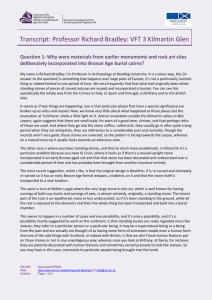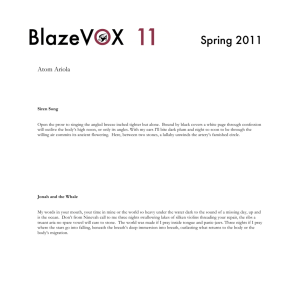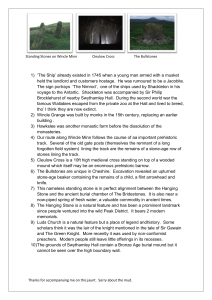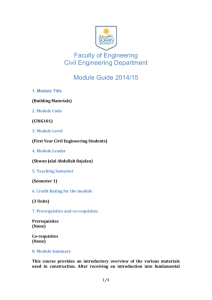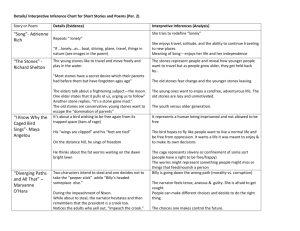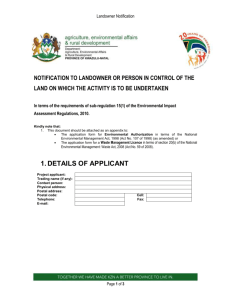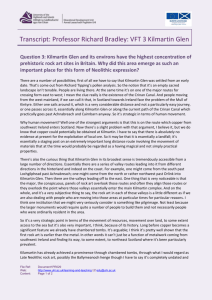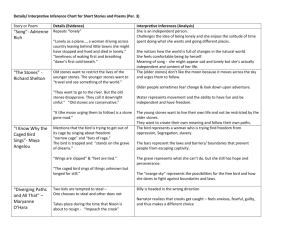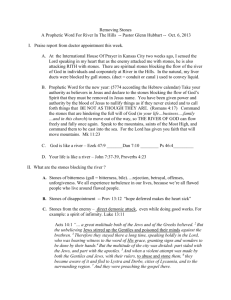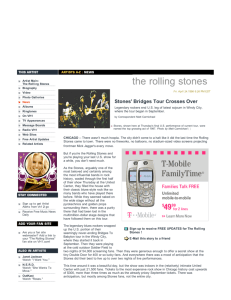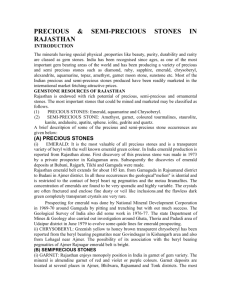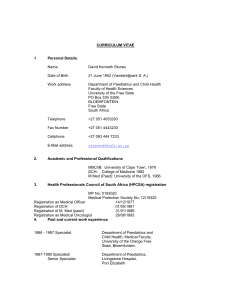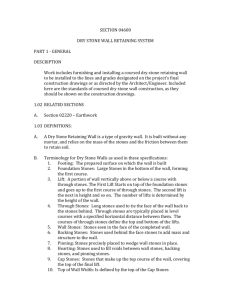Transcript: VFT 3: Kilmartin Glen
advertisement
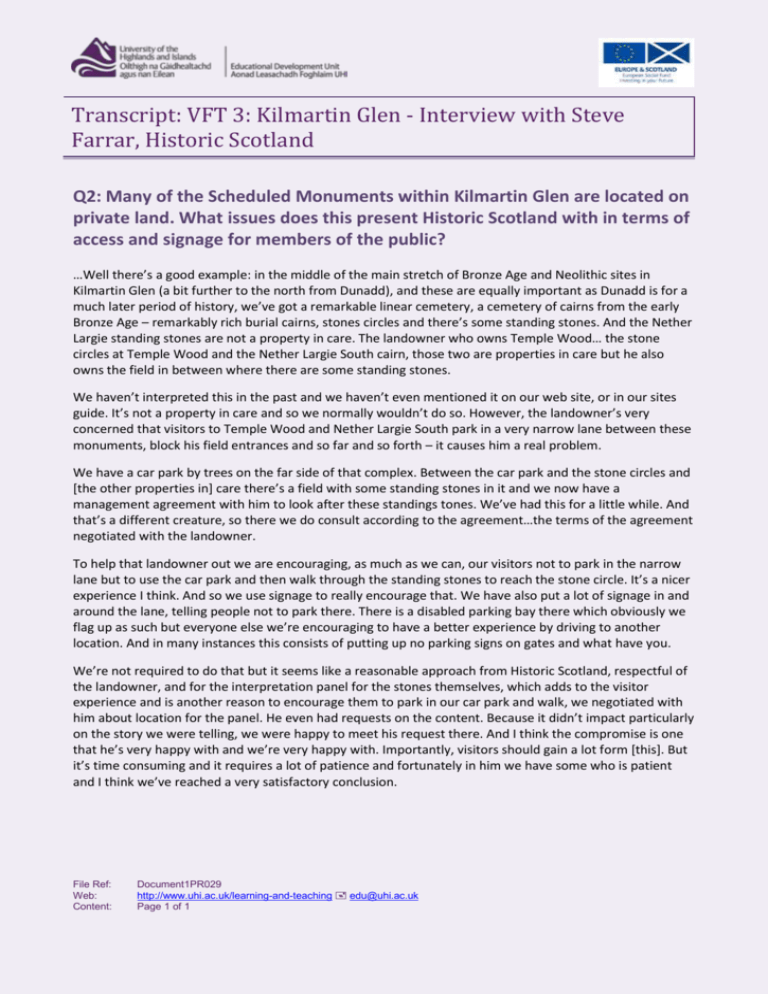
Transcript: VFT 3: Kilmartin Glen - Interview with Steve Farrar, Historic Scotland Q2: Many of the Scheduled Monuments within Kilmartin Glen are located on private land. What issues does this present Historic Scotland with in terms of access and signage for members of the public? …Well there’s a good example: in the middle of the main stretch of Bronze Age and Neolithic sites in Kilmartin Glen (a bit further to the north from Dunadd), and these are equally important as Dunadd is for a much later period of history, we’ve got a remarkable linear cemetery, a cemetery of cairns from the early Bronze Age – remarkably rich burial cairns, stones circles and there’s some standing stones. And the Nether Largie standing stones are not a property in care. The landowner who owns Temple Wood… the stone circles at Temple Wood and the Nether Largie South cairn, those two are properties in care but he also owns the field in between where there are some standing stones. We haven’t interpreted this in the past and we haven’t even mentioned it on our web site, or in our sites guide. It’s not a property in care and so we normally wouldn’t do so. However, the landowner’s very concerned that visitors to Temple Wood and Nether Largie South park in a very narrow lane between these monuments, block his field entrances and so far and so forth – it causes him a real problem. We have a car park by trees on the far side of that complex. Between the car park and the stone circles and [the other properties in] care there’s a field with some standing stones in it and we now have a management agreement with him to look after these standings tones. We’ve had this for a little while. And that’s a different creature, so there we do consult according to the agreement…the terms of the agreement negotiated with the landowner. To help that landowner out we are encouraging, as much as we can, our visitors not to park in the narrow lane but to use the car park and then walk through the standing stones to reach the stone circle. It’s a nicer experience I think. And so we use signage to really encourage that. We have also put a lot of signage in and around the lane, telling people not to park there. There is a disabled parking bay there which obviously we flag up as such but everyone else we’re encouraging to have a better experience by driving to another location. And in many instances this consists of putting up no parking signs on gates and what have you. We’re not required to do that but it seems like a reasonable approach from Historic Scotland, respectful of the landowner, and for the interpretation panel for the stones themselves, which adds to the visitor experience and is another reason to encourage them to park in our car park and walk, we negotiated with him about location for the panel. He even had requests on the content. Because it didn’t impact particularly on the story we were telling, we were happy to meet his request there. And I think the compromise is one that he’s very happy with and we’re very happy with. Importantly, visitors should gain a lot form [this]. But it’s time consuming and it requires a lot of patience and fortunately in him we have some who is patient and I think we’ve reached a very satisfactory conclusion. File Ref: Web: Content: Document1PR029 http://www.uhi.ac.uk/learning-and-teaching edu@uhi.ac.uk Page 1 of 1
